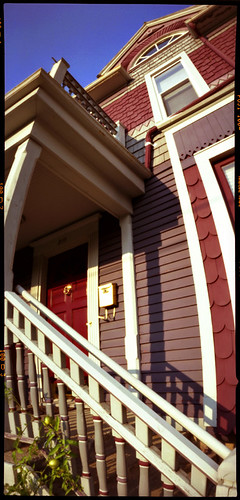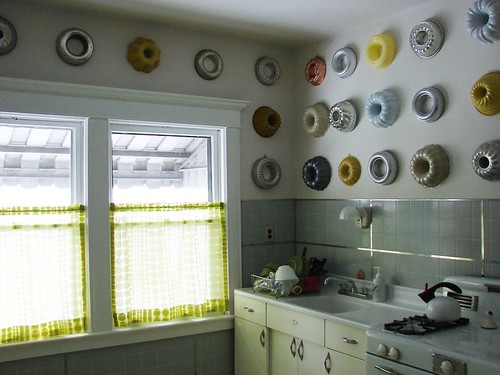 |
| Via Builder Magazine and USA Today |
As it turns out, home buyers are in the market for something smaller than the large homes we see today.
The median home size in America was near 2,300 square feet at the peak of the market in 2007, with many McMansions topping 10,000.
Today, the median home size has dropped to about 2,100 square feet and more than one-third of Americans say their ideal home size is actually under 2,000 square feet, according to a survey by real-estate site Trulia.
Not only size, but the proliferation of rooms, such as formal living and dining rooms, as well as dedicated rooms like media/game rooms and libraries/offices are falling out of favor with buyers."The whole glow of bigness kind of wore off all of a sudden," said Sarah Susanka, an architect and the author of The Not So Big House book series.
In its place trend watchers are seeing home that our grandparents would have built: Modest in size, functional, efficient and comfortable.
It's not just the inside of the house that's changing, it's the outside, too. The yards are smaller, with many developments favoring shared green spaces over big private yards.
And, the front porch is back. Builders are increasingly moving the garage to the back of the house and adding a big porch on the front.
As long-time aficionados of vintage homes, we have always known that there is more to an older home than just a look. There is a purpose and function behind the look, and now it seems we are appreciating those old sensibilities anew.Seeing a big porch through the dining room, and a shared green space beyond that adds to the illusion that you are getting more — and it makes you want to get out there and reconnect with your neighbors.




















